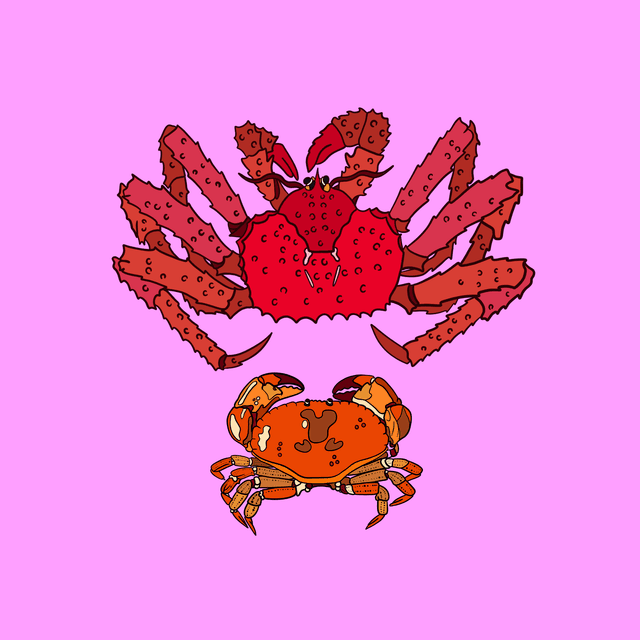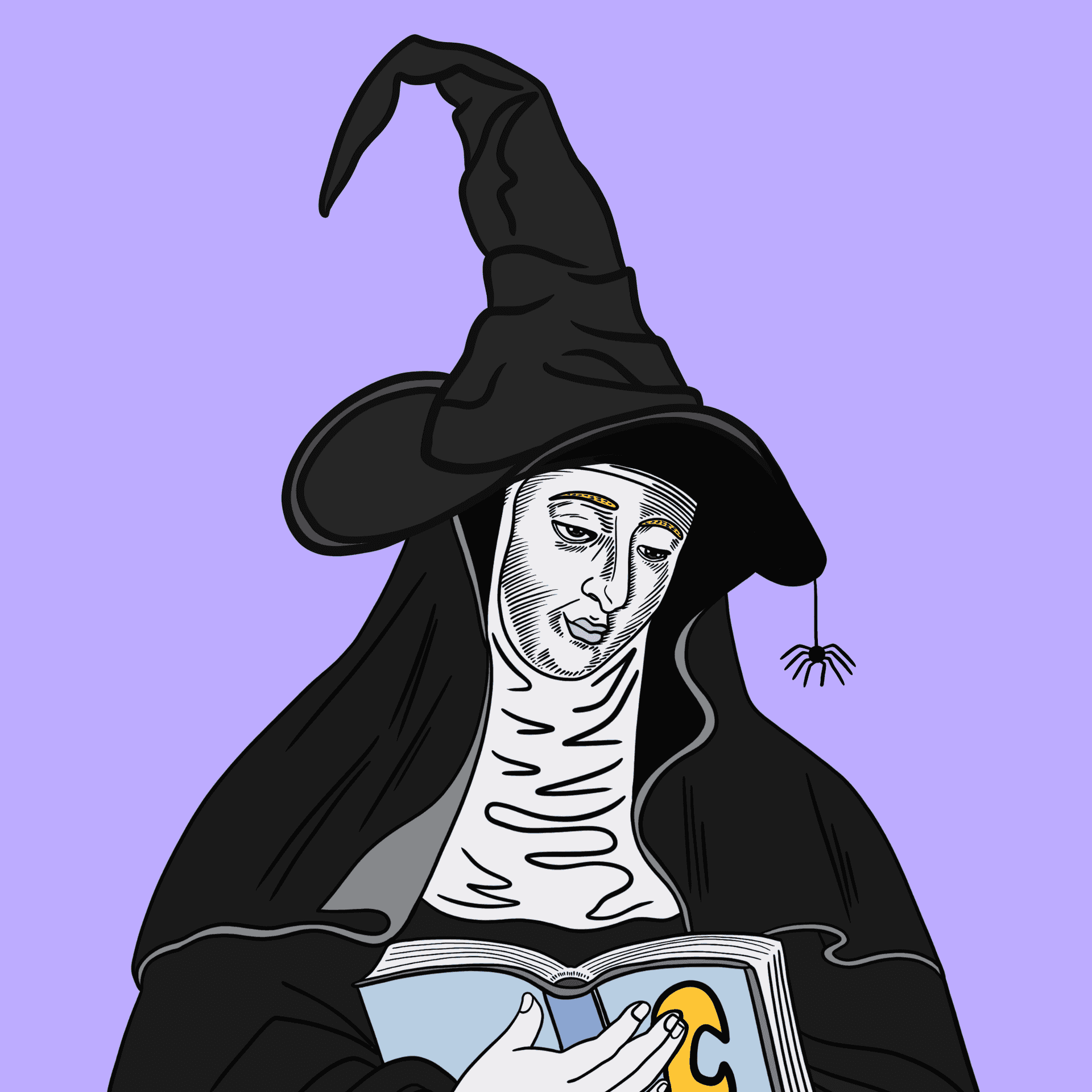Sections
Latest
The dog is bigger. The mouse is smaller. Let's learn how to compare things, in German.





Comparisons add new dimension to a discussion, allowing you to express yourself with more creativity and precision.
Let's learn how to do this, in German.
For this lesson, let's imagine that you are hanging out with the medieval nun and polymath, Hildegard von Bingen.

She tells you that in her spare time, she enjoys composing music, writing groundbreaking medical texts, and recording her visions from God.
Although these things keep her busy, she isn't yet fully satisfied with all her hobbies. In fact, she'd love to take up another.
Let's help her compare some options, and find her a new passion!
After considering a list of hobbies, she has picked out her final three choices: witchcraft, tennis and painting.
Great! Now we know which three options we'll compare. Let's continue.
When it comes to comparing things in German, we'll need to learn some important rules:
To form comparatives (bigger than, brighter than):
-er to the end of our German adjectives, to form a comparative, in much the same way we do in English.als after the adjective, in much the same way we use "than" in English.To form superlatives (the biggest, the brightest):
-sten to the end of our German adjectives, to form a superlative, in much the same way we add the suffix -est in English.
When the adjective has one syllable, the -sten suffix may change to -ersten or -esten.am before the adjective, in much the same way we use "the" in English.Try to type the correct comparative / superlative versions of these adjectives, in the table:
| Adjective | Comparative (kleiner als) | Superlative (am kleinsten) |
|---|---|---|
| lecker | ||
| hässlich | ||
| heiß | ||
| hell |
When changing adjectives to comparatives or superlatives, sometimes one-syllable adjectives also require adding an umlaut to the vowel:
Try to type the correct comparative / superlative versions of these adjectives, in the table.
| Adjective | Comparative | Superlative |
|---|---|---|
| stark | ||
| kalt | ||
| jung | ||
| rot |
Well done! 🎉
You are using adjectives as comparatives and superlatives.
Now we are ready to compare the three final options: witchcraft, tennis and painting.
To make her decision, Hildegard is considering a few things:
| Adjective | Comparative | Superlative |
|---|---|---|
| teuer (expensive) | ||
| kreativ (creative) | ||
| schwierig (difficult) |
Below are some comparisons of the three hobbies, with the considerations taken into account.
Fill in the blanks, to complete the comparisons.
After these considerations, Hildegard has made her choice: witchcraft!

Well done! 🎉
You have started using comparatives and superlatives in German sentences.
Now you may head over to the next lesson, whenever you're ready: Describing People In German.